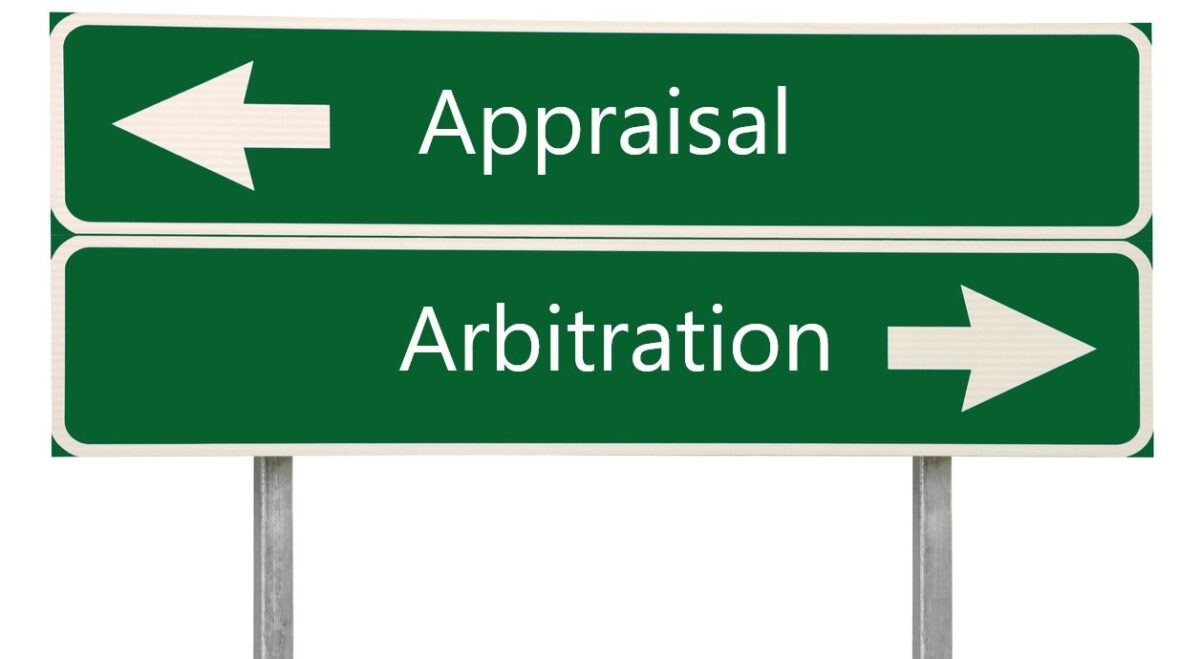Throughout the past several weeks, I have looking at total loss standards in different states around the country. Certain states, typically those in the path of natural disasters, have studied the issue many times. One state that surprisingly had very little case law touching on the subject is Alabama. However, a deep look into some old case law shed some light on the subject.
In 1898, the Supreme Court of Alabama took a look at a building damaged by fire. While most of the case focused on other aspects of the insurance contract, the court determined,
If the property or any part of it was so damaged by fire as to render it useless for the purposes for which it had been used, then that is a destruction within the meaning of the law.” If rendered useless for the purposes for which the property was used, the plaintiff’s right to recover insurance for what was so insured was complete.1
Several years later, the Supreme Court of Alabama reviewed a case dealing with a potential total loss. This time, the Court ruled that policies that contemplate “destruction by fire” took into account,
[T]otal destruction of the building [as well as] damage [which] render[s] it unfit or incapable of being used for the purposes for which it was rented.2
This is in line with the earlier decision, as it contemplates whether the building could be used for the purpose intended. While this standard is somewhat vague, it appears Alabama courts will hold a building does not have to be completely destroyed for it to be a total loss. Instead, it will deem a building a total loss when it is so damaged it cannot be used as intended. For example, a house which suffers fire damage to more than 50% of the building likely would be deemed a total loss.
Stay tuned next week for another look at total loss.
1 Manchester Co. v. Feibelman, 23 So. 759 (Ala. 1898).
2 Tyson v. Weil, 53 So. 912 (Ala. 1910).



